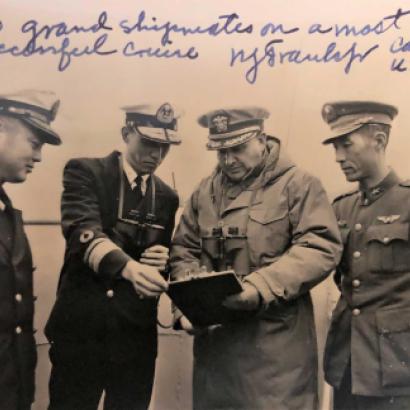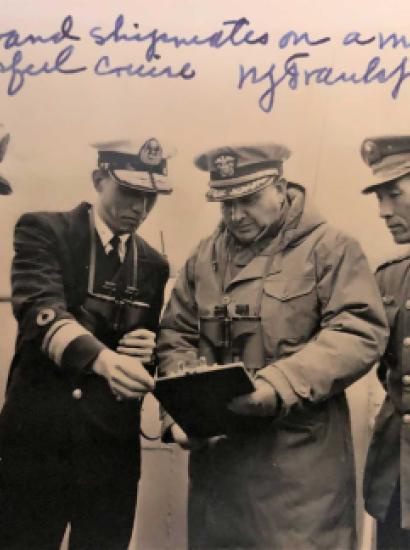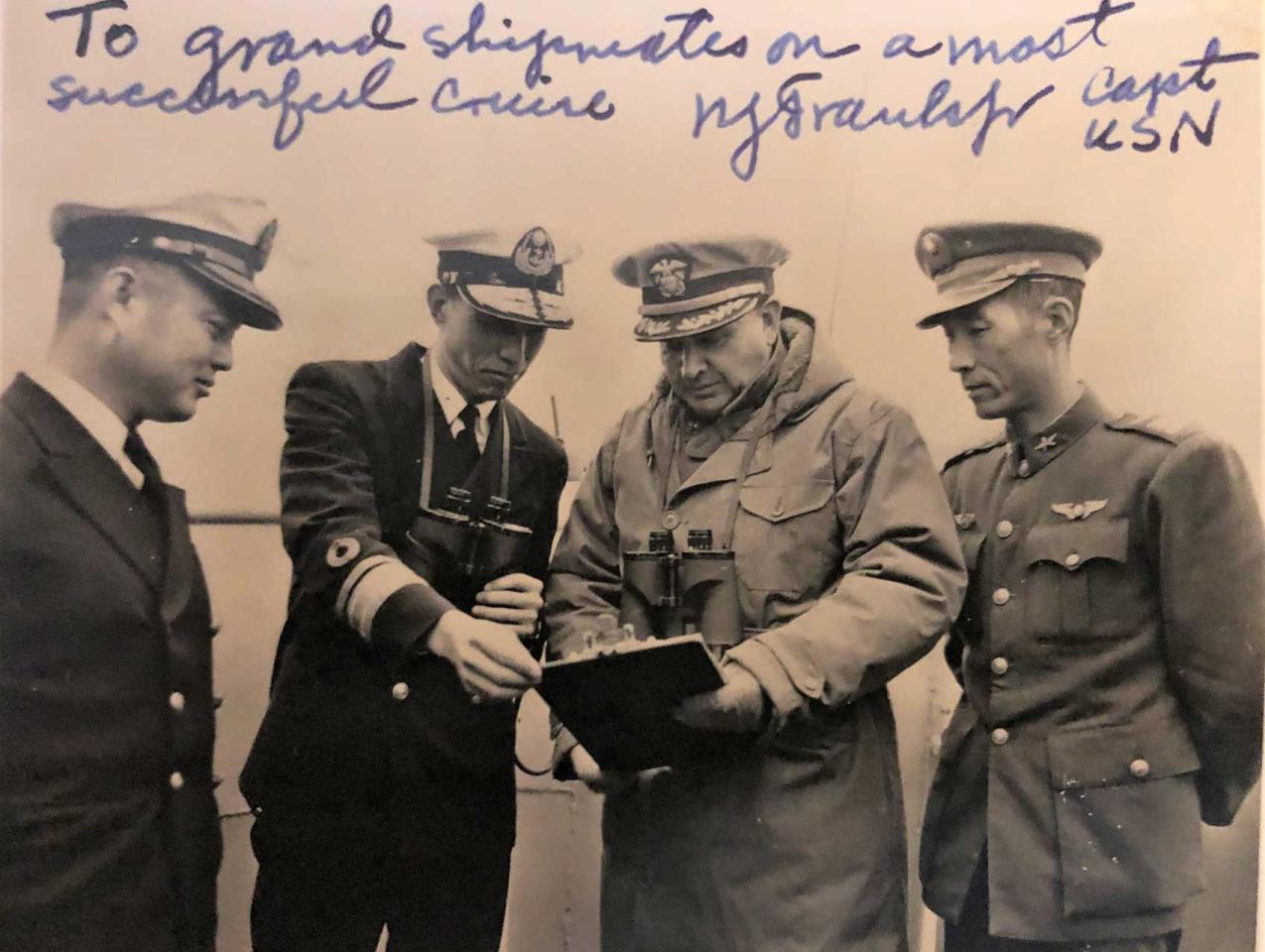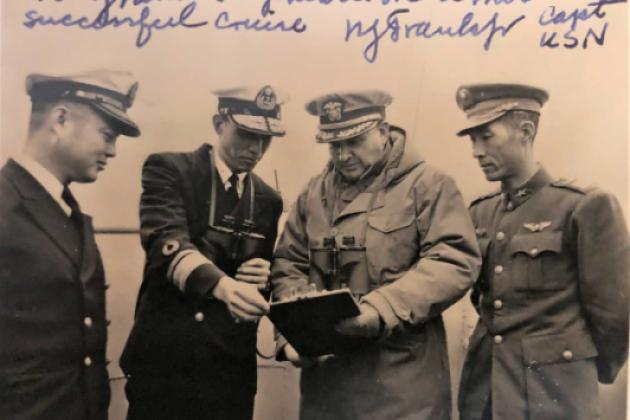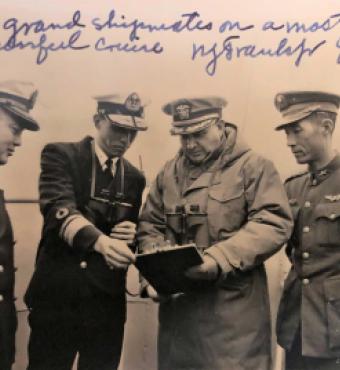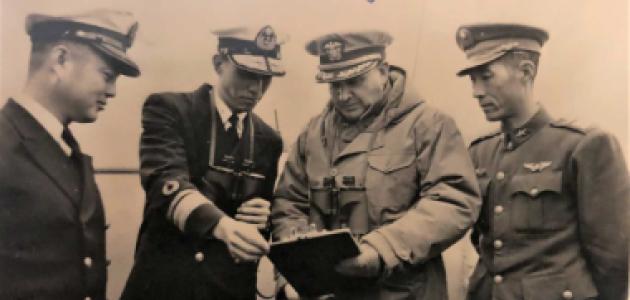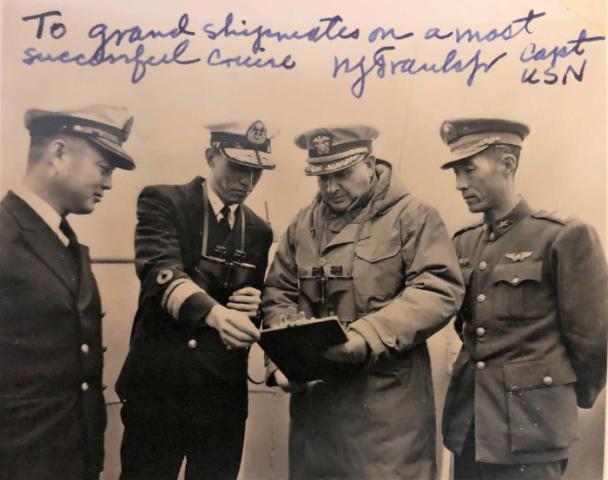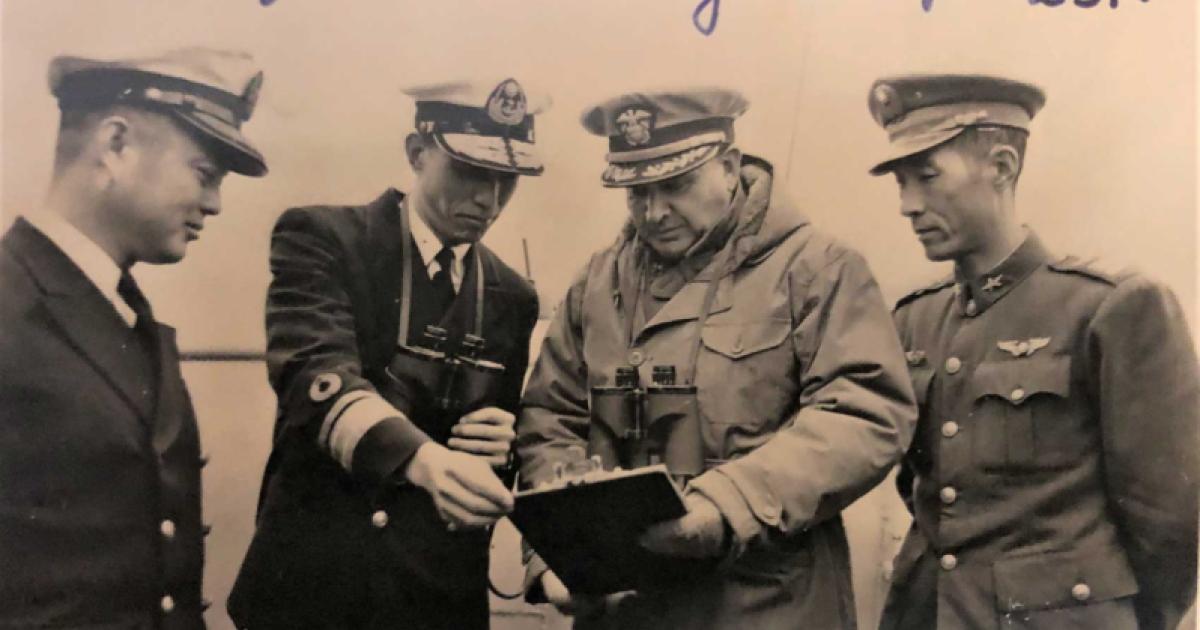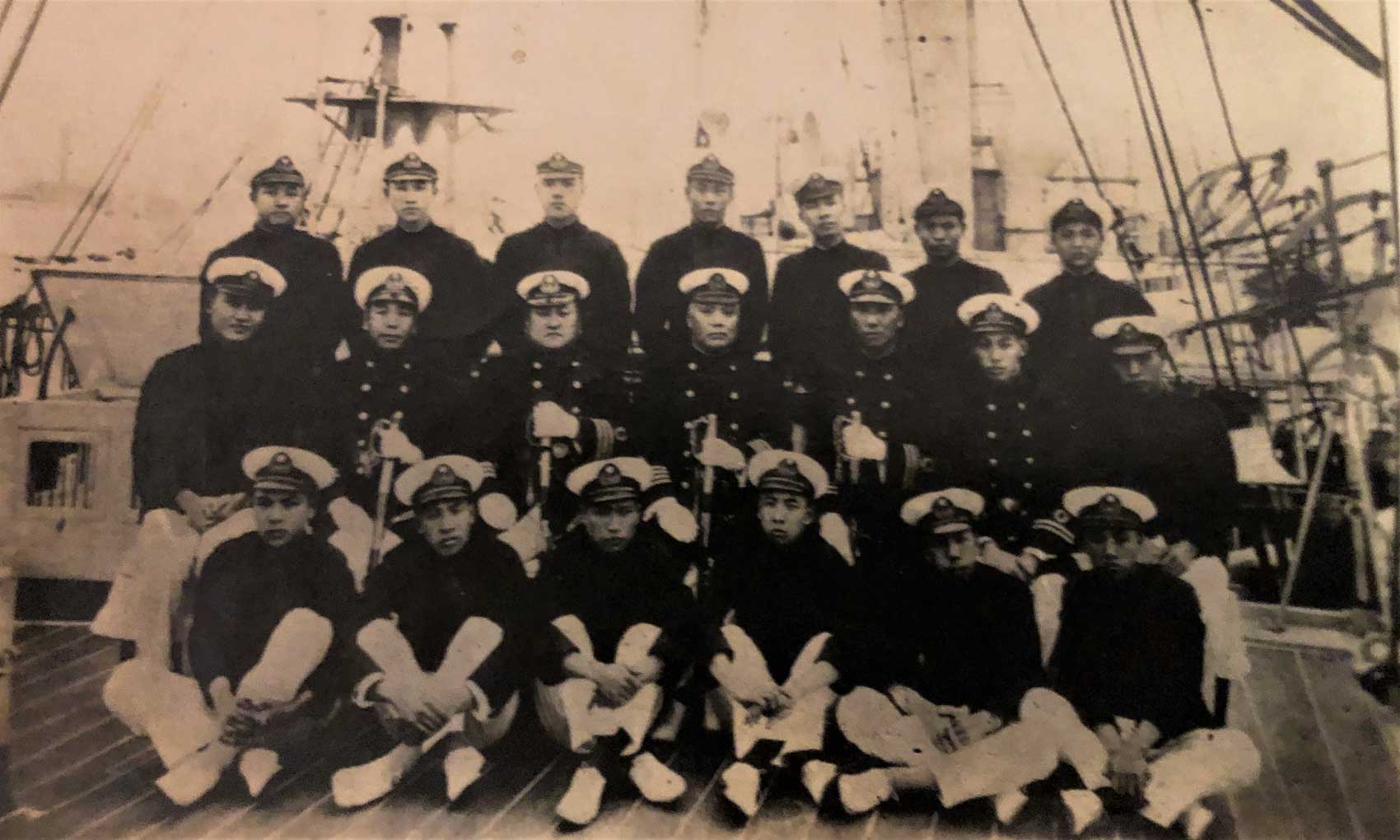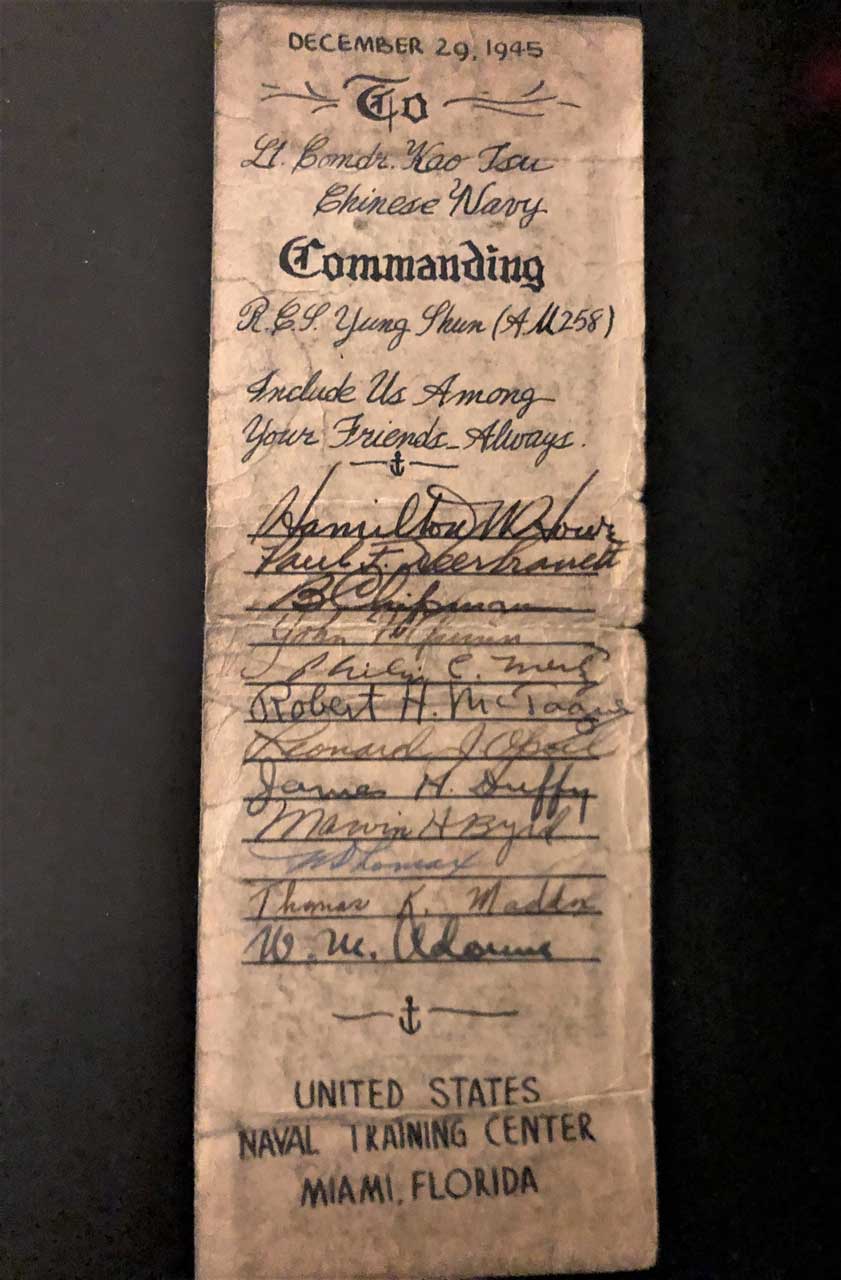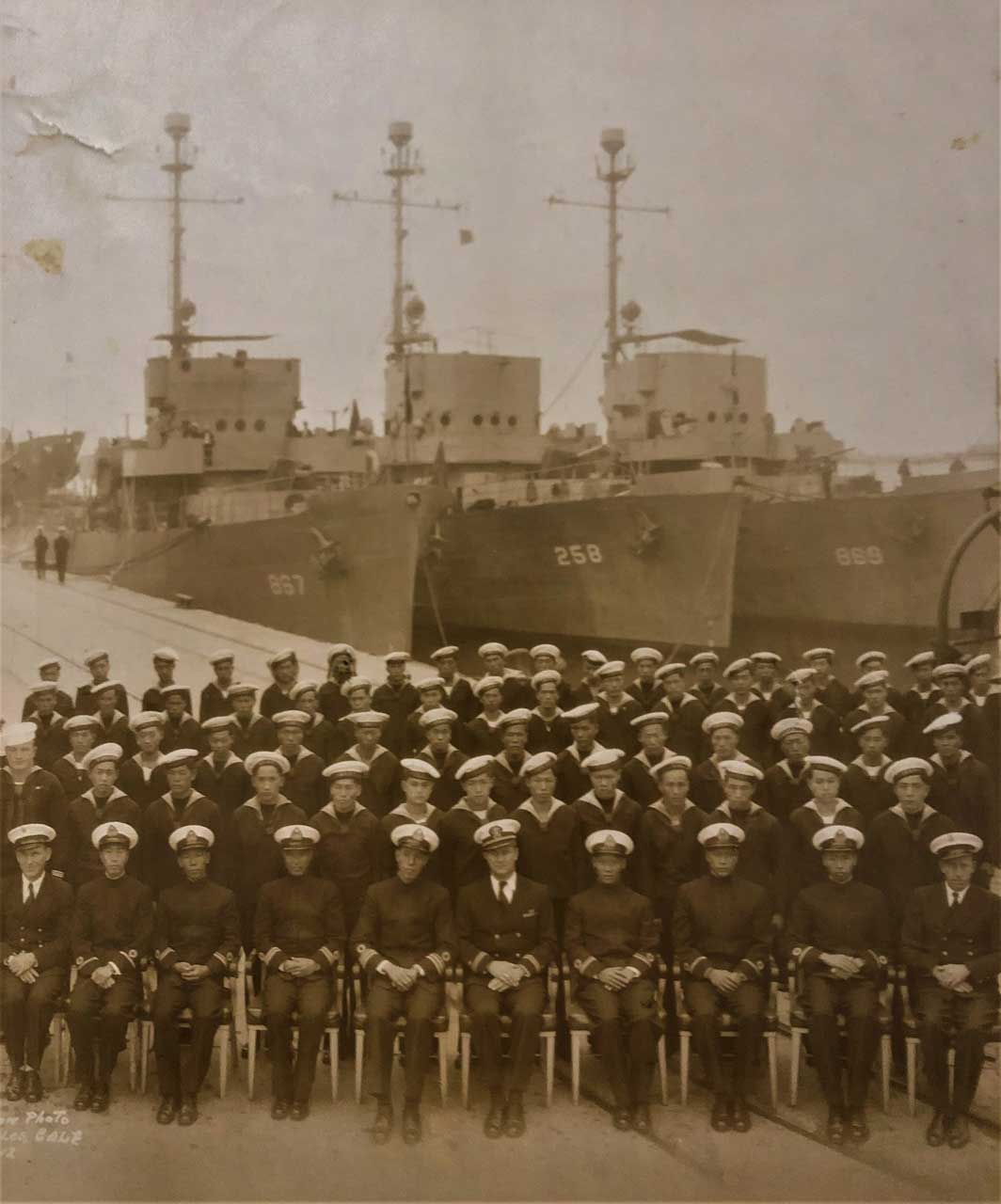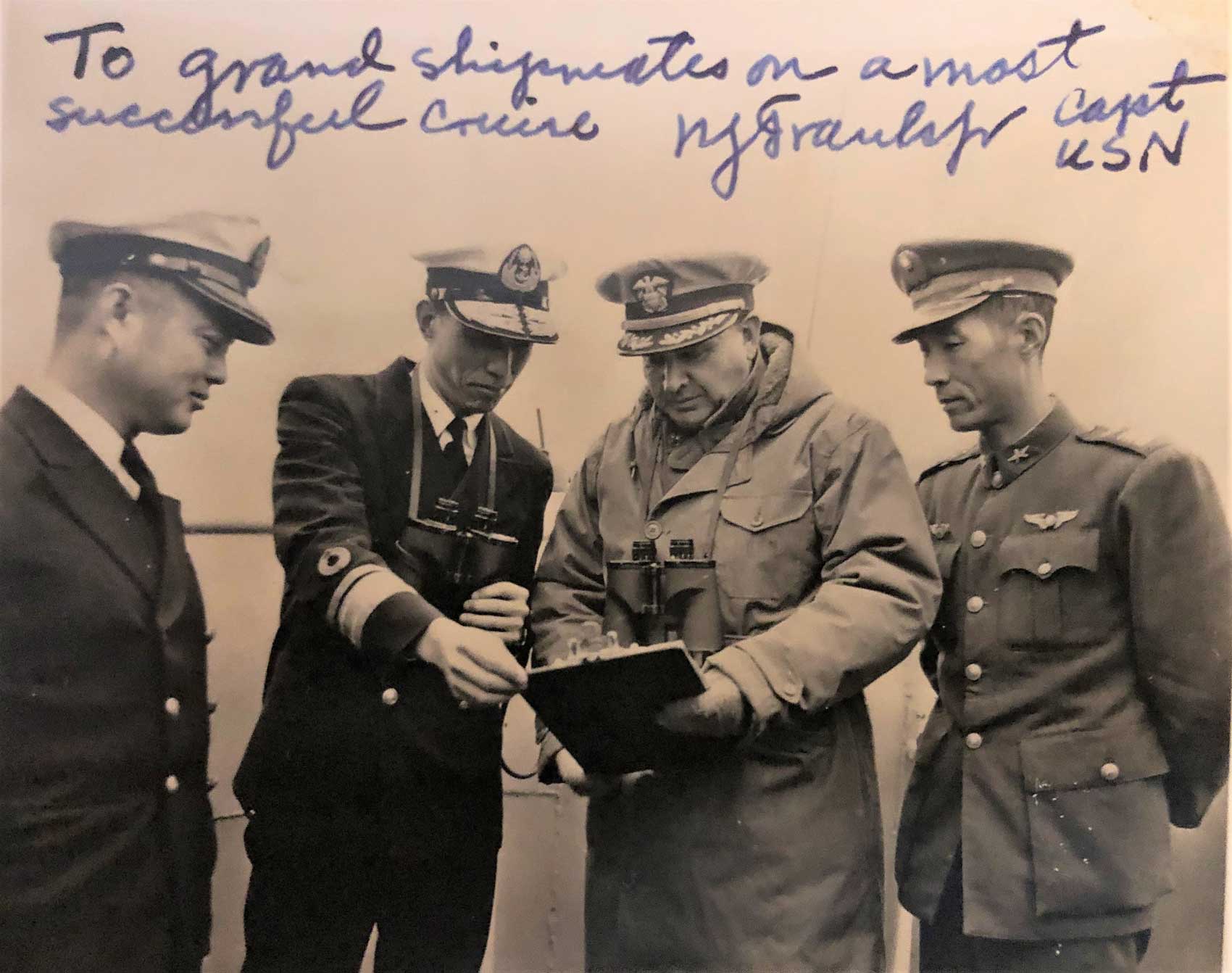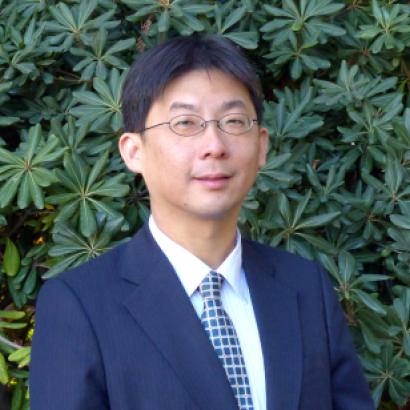Kao Tsu (1911–94) was born in Fuzhou, Fujian Province, China. In 1932, after graduating from Mawei Naval Academy (Fuzhou) with distinction, Kao was sent to Italy and Germany for advanced study under the government sponsorship. In 1939, Kao returned from Europe and served in the Military Affairs Commission of the Chinese Nationalist Government under the leadership of Chiang Kai-shek. In early 1945, Kao, along with several other fellow Nationalist Chinese naval officers, was dispatched to the US Naval Training Center in Miami, Florida. Their mission was to prepare to man a squadron of US warships to be transferred to the Republic of China under a lend-lease arrangement. In late 1946, Kao Tsu, who commanded Yung Shun, one of four mine warfare vessels turned over to China by the US Navy, arrived at the naval base in Shanghai. This moment signified the beginning of a new naval force that would represent postwar China’s contribution to the United Nations’ sea power for keeping peace in the Western Pacific.
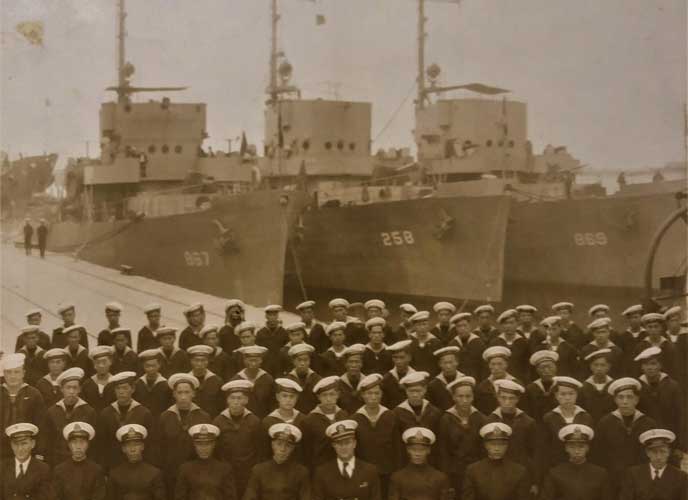
The civil war fought between the Chinese Nationalists and the Chinese Communists between 1946 and 1949 dramatically changed the political landscape in East Asia. After 1949, Kao Tsu moved to Taiwan with the Nationalist Chinese government, where he served multiple positions within the military establishment. In November 1956, he was appointed deputy commander of the Quemoy Defense Command.
During the 1958 Taiwan Strait crisis, Quemoy was severely bombarded by the People’s Liberation Army of Communist China, causing the tragic deaths of the three Quemoy deputy commanders; Kao narrowly escaped becoming the fourth to sacrifice his life. At the height of the crisis, to avoid more casualties Kao denied a request from the US Military Assistance and Advisory Group to send reinforcements to land on the beach of a blockaded Quemoy during heavy Communist bombshell. In the midst of the quarrel, Kao was recalled and relieved of his post. He gloomily retired from the military in 1965 and moved to the United States in the early 1980s. He died in Los Angeles in 1994.
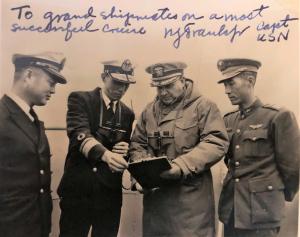 Kao (second from the left) as deputy commander of the Quemoy Defense Command with a colleague from the US Military Assistance and Advisory Group, ca. 1958.
Kao (second from the left) as deputy commander of the Quemoy Defense Command with a colleague from the US Military Assistance and Advisory Group, ca. 1958.
The collection includes letters of correspondence between Kao and many top Nationalist Chinese political and military leaders before and after 1949; photos of Kao’s decades-long naval career in China and abroad; miscellaneous writings and manuscripts, and an iron box which contains a naval bicorne and shoulder sleeve insignia he acquired while studying in Europe. His personal papers document an unusual and forgotten aspect in the long history of modern China’s military relationship with the United States.





